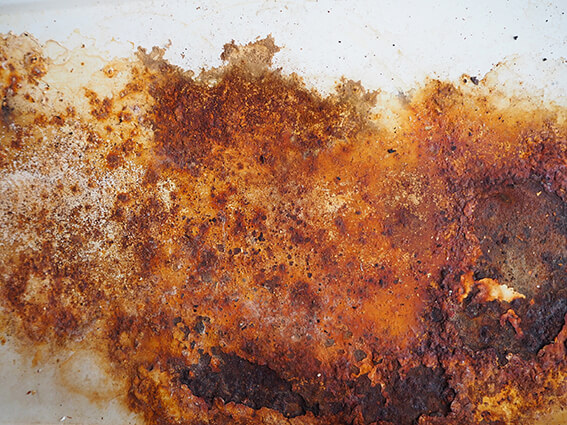First models
Laboratories all over the world, often produced reasonable data applicable to the eventual models deployed via computer. The data was primarily of physical equilibrium as well as heat effects relative to binary and ternary systems of principal industrial interest.
1923: The chemists Peter Debye and Erich Hückel noted that solutions that contain ionic solutes do not behave ideally, they theorized that an extra factor is necessary to the calculation of the activity coefficients of the solution resulting in the Debye–Hückel equation.
1950’s: Lev Gurvich compiled data on individual substances, including ions and ion complexes, relative to the Reference State, which was the Standard State at 25C and 1 Bar. This compilation along with a later work by the US NBS provided the starting point for predictions of the Standard State properties, which reflected departures from the Reference State.
1971: OLI founded, its software was based upon the user providing a mathematical model in textbook notation and then solving that model in flexible fashion.
Bromley-Meissner-Zemaitis: Zemaitis was able to find and regress relevant data to models that had been published by Bromley with extensions by Meissner. Meissner generalized extrapolation curves for activity coefficients led, to a model that took OLI from ionic strength of 0.01 (Debye Huckel) to a predictive model up to ionic strength of 6.0.
1973: By the fall, the first commercial, generalized electrolyte simulation program ECES (Equilibrium Compositions of Electrolyte Solutions) was delivered to Olin Chemical.
The 1980s saw methodical growth in OLI’s client base to more than 10 Fortune 100 companies.
1984: Handbook of Aqueous Electrolyte Thermodynamics, a project accorded to OLI by the American Institute of Chemical Engineers was published and is highly respected in its field to this day.
1984-1988: Substantial extension to the chemistry databank with incremental changes to the software interface. Following meetings and events at the Airlie House Conference on electrolytes OLI had access to a universal, predictive model for the standard state properties (most prominently relative to equilibrium constants) requiring only the Reference State properties.
The decade began with OLI discovering the power of leveraging joint industry support in terms of consortia and closed with OLI discovering a formidable amount of government funding available.
1995: By the close of the decade OLI had produced the foundational predictive model for not just aqueous electrolytes but mixed solvent electrolytes. A new initiative was launched to develop corrosion simulation software by leveraging the predictive power of electrolyte thermodynamics.
1999: OLI secured funding via a DOE sponsored research project to launch the development of predictive software to predict general, mixed solvent electrolyte mixtures.
Expanded chemistry property database, thermodynamics models and software for 1000s of chemistry and sustainability use cases; the Corrosion Analyzer software was launched in 2007.
Additional focus on sustainability applications and industrial digital transformation to augment chemistry innovations; OLI Cloud Platform introduced in 2021.





